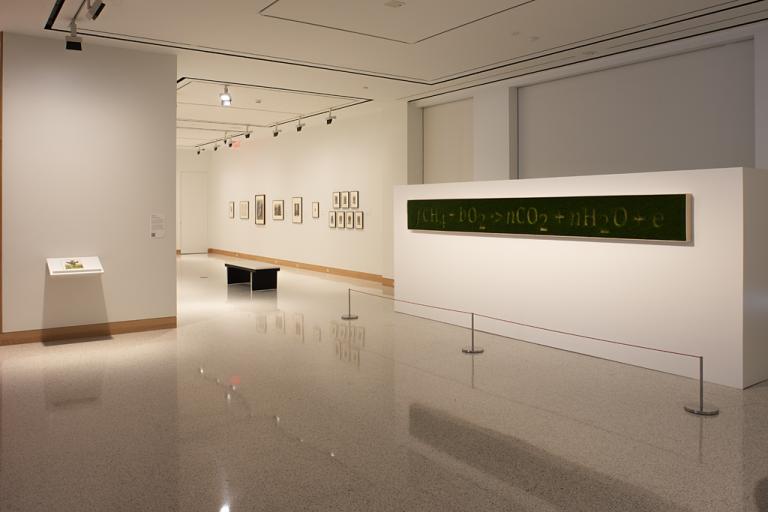Whitetinge sedge (Carex albicans Willd. ex Spreng. var albicans) Collected by Lewis David de Schweinitz, circa 1812–1821, unknown maker from the United States
Artwork Overview
Whitetinge sedge (Carex albicans Willd. ex Spreng. var albicans) Collected by Lewis David de Schweinitz, circa 1812–1821
, circa 1812–1921
Where object was made: North and Central America
Credit line: Loaned by the R. L. McGregor Herbarium, Biodiversity Institute & Natural History Museum, University of Kansas
Accession number: EL2018.017
Not on display
If you wish to reproduce this image, please submit an image request


